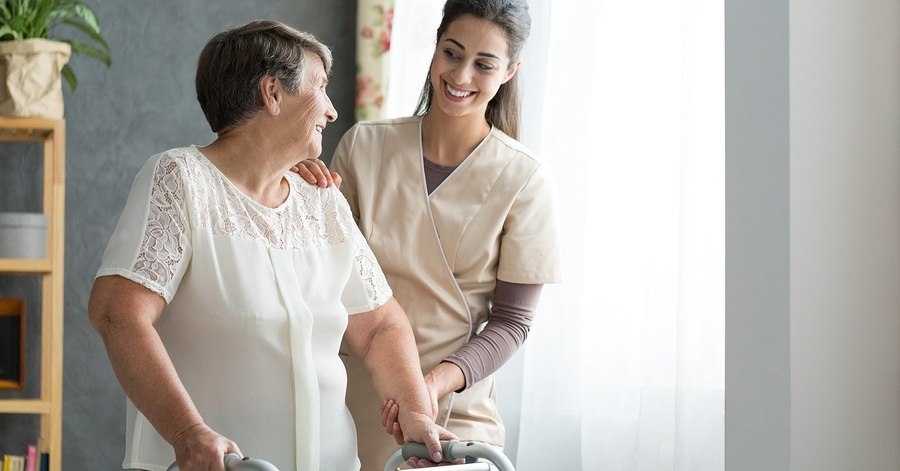A Guide to Pilonidal Cyst Care After Surgery

Your pilonidal cyst surgery is on the calendar. While you're waiting for the big day to arrive, it's a good idea to study up on what you should expect after your procedure. That way, you'll know how to clear your schedule and what supplies you should gather. This guide to pilonidal cyst care after surgery can help you get ready.
Take Time to Rest
Surgery can take a toll on your body, so you need to plan accordingly. Instead of heading to the office after your procedure, it's best to go home and put your feet up for the day.
The more you rest at first, the easier your overall recovery should be. Trying to do too much too soon will wear out your body and may extend your healing process. Give yourself the time and space that you need for recovery.
Sitting on a hard surface for very long won't feel good. You can lie down on your side or your stomach. If you need to sit, consider placing a soft donut pillow under your buttocks.
Don't let yourself be completely sedentary, though. Since walking improves circulation, you'll recover better if you keep moving. Try to walk a little each day, and increase the amount bit by bit.
Pilonidal cysts, also known as pilonidal sinuses, are often removed through surgical excision procedures. The recovery time can depend on whether the wound is stitched closed or left open, but it's not uncommon to need up to four weeks off of work.
If that's a daunting figure, ask your doctor about having an ablation procedure with the neoV Laser instead. Studies show that people often go back to work within four days of this type of pilonidal sinus surgery.
Manage Pain and Discomfort
No matter how well your pilonidal surgery goes, you're probably going to have at least a few days of discomfort. Before your surgery, stock up on a few first aid essentials that can help ease the tenderness.
Your doctor may prescribe a prescription pain reliever. If not, you can use over-the-counter pain medication. Ask your doctor which variety is best; some medical practitioners recommend avoiding ibuprofen and other NSAIDs for a while.
Cold or heat therapy can also help you feel better. The typical recommendation is to use ice packs for a few days before beginning warm compresses, but you can ask your doctor for advice on what's best in your case.
Watch the following video to learn more about how cold therapy can help with your wound recovery:
You may also be able to find comfort by resting the affected area in a shallow sitz bath of warm water. Ask your doctor whether your wound is compatible with this type of therapy.
Constipation from your pain medication can make postoperative trips to the bathroom uncomfortable. Make sure that your diet contains many fruits, vegetables and high-fiber foods, and drink plenty of water each day. Your doctor may recommend that you use a laxative as well.
Just as it can shorten your recovery time, laser ablation procedures can also reduce your postoperative pain level. Your overall pain might not be as intense, and you may need painkillers for fewer days if you opt for this type of treatment.
Keep the Area Clean
Practicing good hygiene is important for keeping secondary infections at bay. Do your best to keep the wound clean and dry. Change the dressing whenever it gets damp.
Because of the location of a pilonidal sinus, there's a risk of contamination from fecal matter. You should also change the dressing after a bowel movement. The doctor may even advise you to wash in the shower after each bowel movement.
In fact, it's important to take at least one shower a day during this time. To rinse the wound, allow warm water to run over the area. Tilt your head forward when you wash your hair to reduce the risk of loose hairs finding their way into the wound.
If the surgical site is left open after a full excision, you'll need to change the gauze regularly. Ask your doctor how often to repack the wound. You will probably need to continue this process for several weeks.
Continue Care Long After Recovery
Eventually, you'll start to feel like your regular self again, but don't quit taking care of yourself just because you feel better. Continuing healthy practices may reduce the chances of developing a pilonidal sinus recurrence.
Incorporate good hygiene into your daily routine. Keeping your backside clean and dry makes this spot less of a breeding ground for bacteria.
Pressure and friction in the area may contribute to the development of a pilonidal abscess. Staying active instead of sitting for long stretches of time can help alleviate this pressure. Keeping your weight in check and wearing loose-fitting clothes can help as well.
Some experts recommend removing the hair from around your buttocks. Stiff hairs that burrow under the skin may contribute to the development of a pilonidal cyst, so removing the hair may reduce the likelihood of developing another sinus tract. You can use shaving, depilatory creams or laser epilation to get rid of the hair.
Preparation can be the key to a successful recovery after pilonidal sinus surgery. Before your procedure, take time off work, and stock up on essentials like ice packs, high-fiber foods, pain medications and laxatives. Do your best to keep up with your pilonidal cyst care after surgery so you don't get another infection.
Remember that the type of surgery you have can make a big difference in your healing time. For a manageable recovery, talk to your doctor about treatment with the neoV Laser.
As with all medical issues, your physician is the ultimate source as to what procedure best fits your needs. Discuss all options and get a second opinion if you have any doubts. These articles are intended to be a source of general information only.
